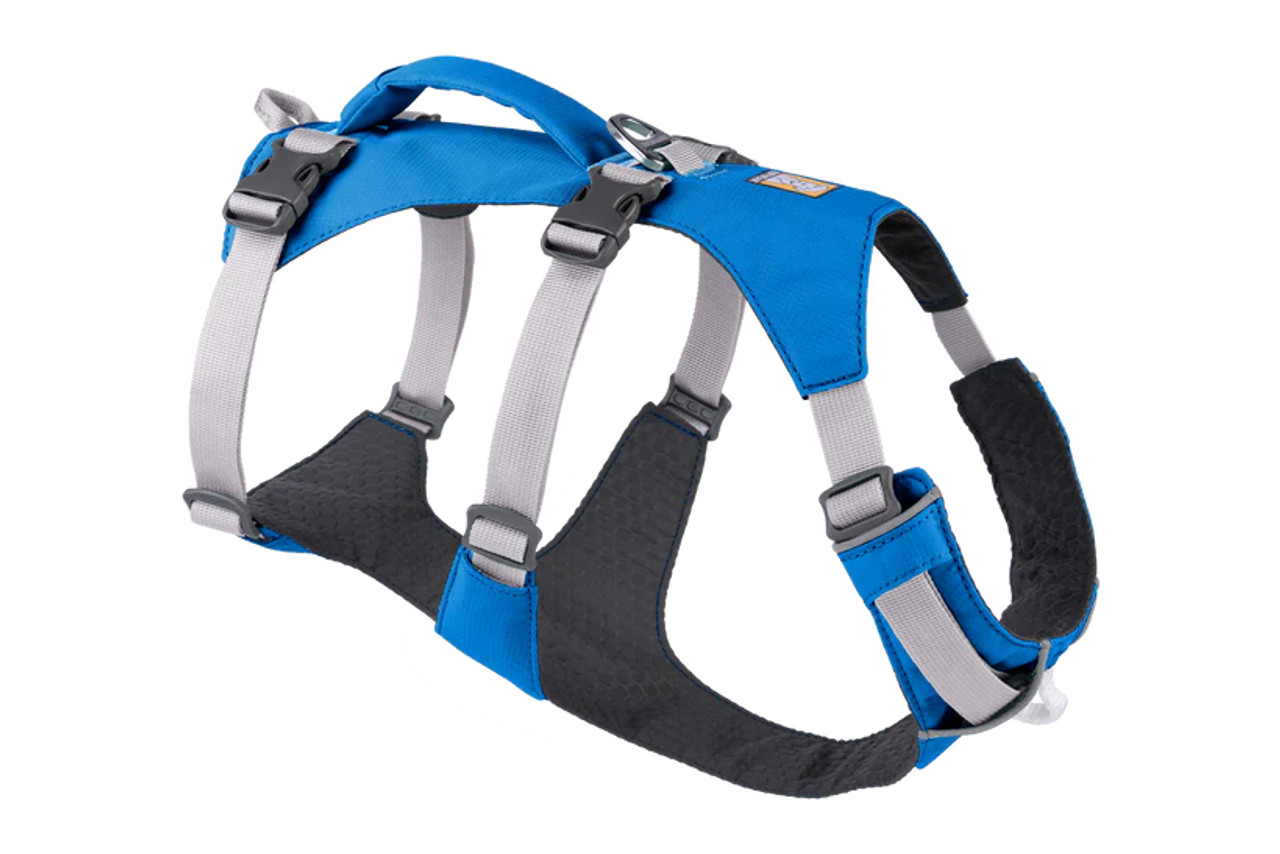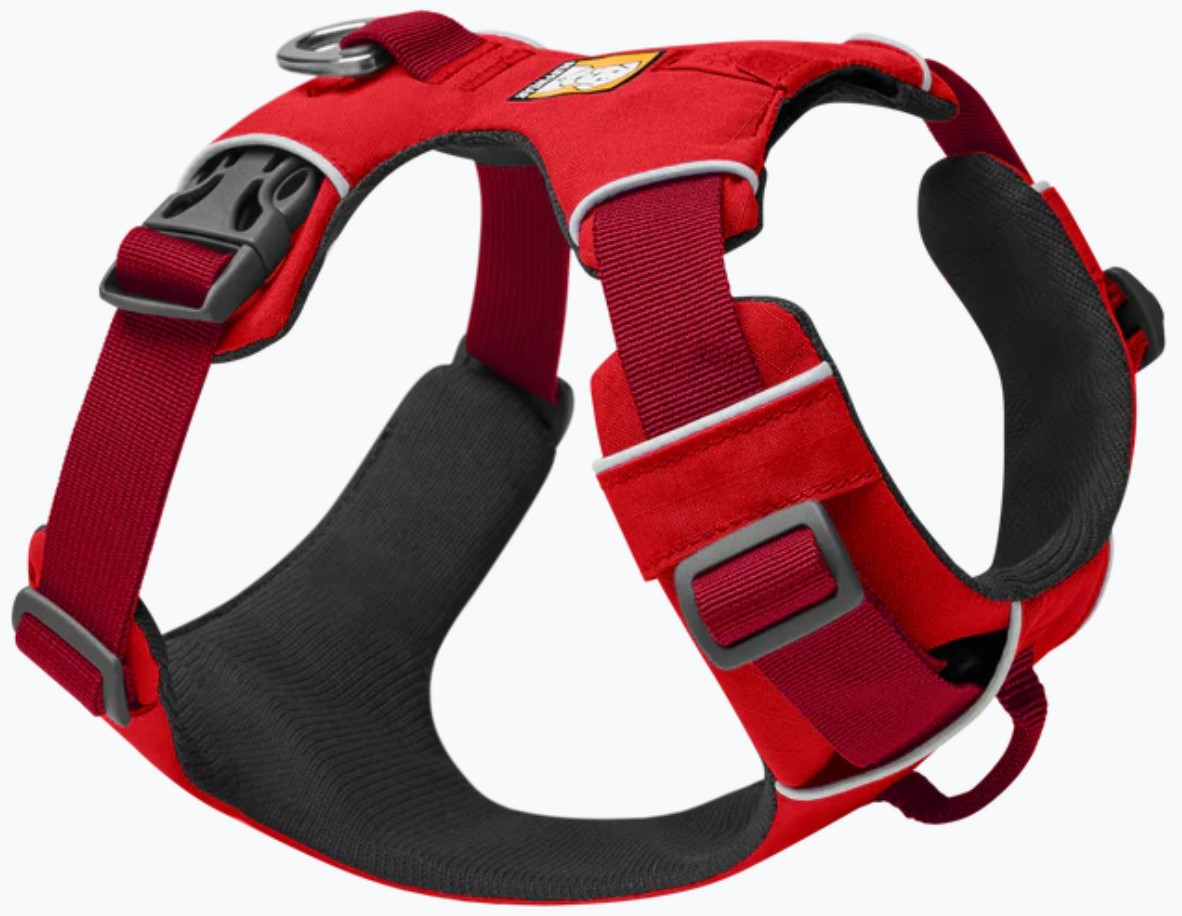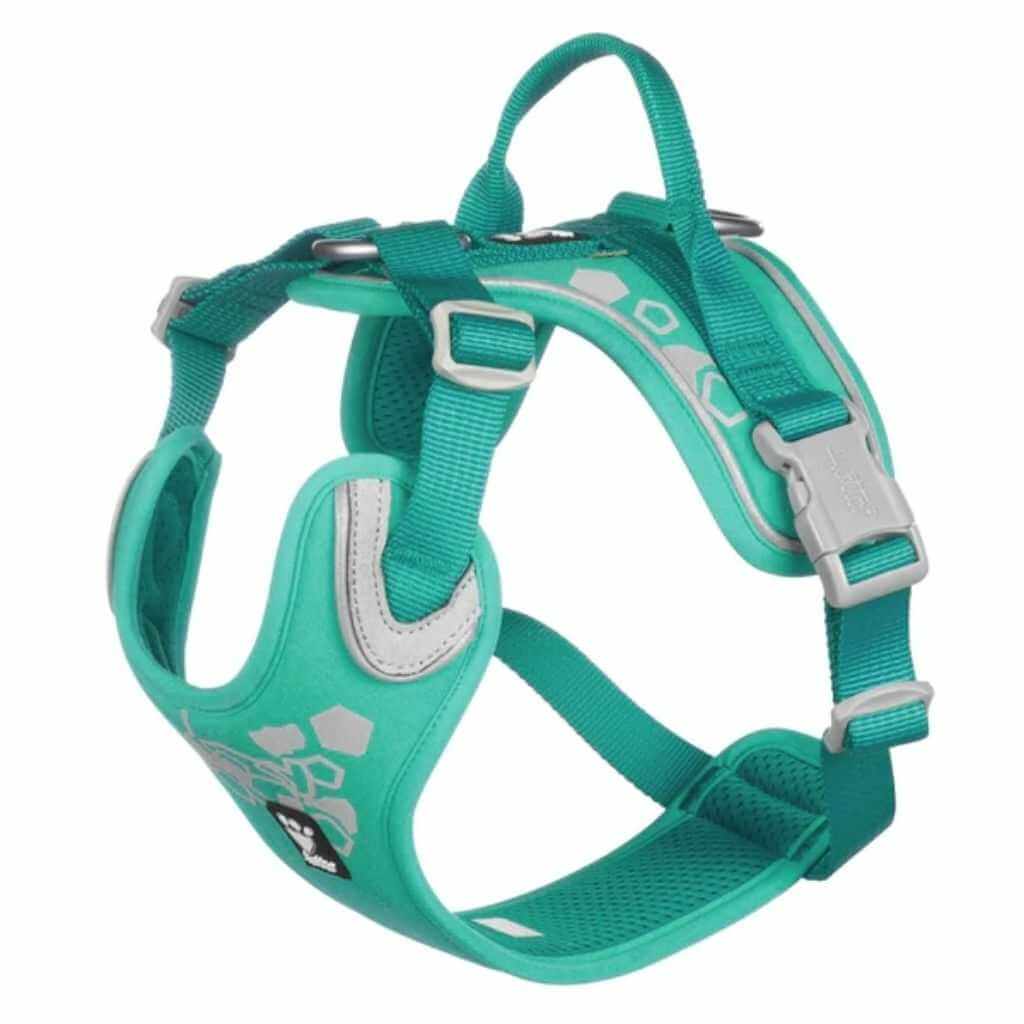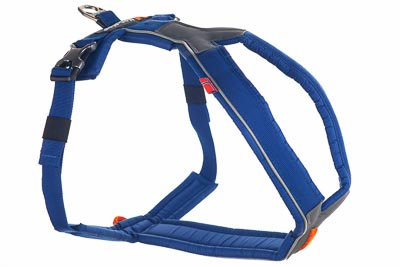What Type of Harness is Best for Your Dog?
Posted by Inner Wolf on 1st Nov 2023
Choosing the right dog harness that is best for my dog can be a daunting task, especially with the myriad of options available in the market. A dog harness is an essential tool for any dog owner, offering better control and reducing the risk of injury compared to traditional collars. But what type of harness is best for your furry friend? This blog post will guide you through the different types of dog harnesses and help you make an informed decision.
 Understanding Different Types of Dog Harnesses
Understanding Different Types of Dog Harnesses
Dog harnesses come in various shapes, sizes, and designs. Understanding their differences is key to finding the perfect fit for your pet.
1. Back-Clip Harnesses: These are among the most common types of dog harnesses. As the name suggests, they have a leash attachment on the back, providing comfort and easy control for dogs that do not pull excessively. The beter of this style of harness are those that have the clip point back behind the shoulder blades. This ensure better comfort.
2. Front-Clip Harnesses: These have a leash attachment at the chest area. Front-clip dog harnesses provide more control over your pet's direction and are ideal for dogs that tend to pull or jump. ensure that this attachment is used correctly. It is used to 'check' the dog's behaviour and not as a constant tug-o-war.
3. Dual-Clip Harnesses: These offer both front and back leash attachments, giving you versatile control options based on your needs at any given time.
4. Tightening or Control Harnesses: These are designed to provide gentle correction to dogs that pull excessively by tightening slightly when they do so.
5. Vest Harnesses: These are typically padded for comfort and may come with either front or back clip options.
6. Step-In Harnesses: As implied by their name, these require your dog to step into them before they're fastened over their back.
Factors to Consider When Choosing the best Dog Harness
When selecting a dog harness, it's crucial to consider several factors beyond just type:
1. Size and Fit: The right size ensures comfort and prevents injuries from too tight or loose fits. Measure your dog's chest and neck circumference before purchasing a dog harness.
2. Material: Look for durable materials that can withstand your dog's activities. Nylon and leather are common options, with nylon being more affordable and leather offering a more premium look.
3. Adjustability: An adjustable harness allows for a better fit, accommodating your dog's growth or weight changes.
4. Comfort: Padding can provide additional comfort, especially for long walks or hikes.
5. Ease of Use: Consider how easy it is to put on and remove the harness. Step-in harnesses, for instance, are typically easier to use than over-the-head options.
6. Reflective Features: For safety during early morning or late evening walks, opt for a harness with reflective strips.
The Best Harness for Different Dog Breeds
 Different breeds have different needs when it comes to dog harnesses:
Different breeds have different needs when it comes to dog harnesses:
1. Small Breeds: Small dogs like Chihuahuas or Pomeranians often do well with back-clip harnesses as they're less likely to pull on their leash aggressively.
2. Large Breeds: Larger breeds like German Shepherds or Labradors that might be prone to pulling could benefit from front-clip or control harnesses.
3. Brachycephalic Breeds: Dogs with short noses like Bulldogs or Pugs should avoid neck pressure, making back-clip or vest harnesses ideal choices.
Ultimately, the best dog harness depends on your dog's size, breed, behaviour, and your specific needs as an owner. It may take some trial and error before you find the perfect fit but remember that comfort and safety should always be top priorities in your selection process. With the right dog harness, you can ensure enjoyable walks and adventures with your furry friend!



